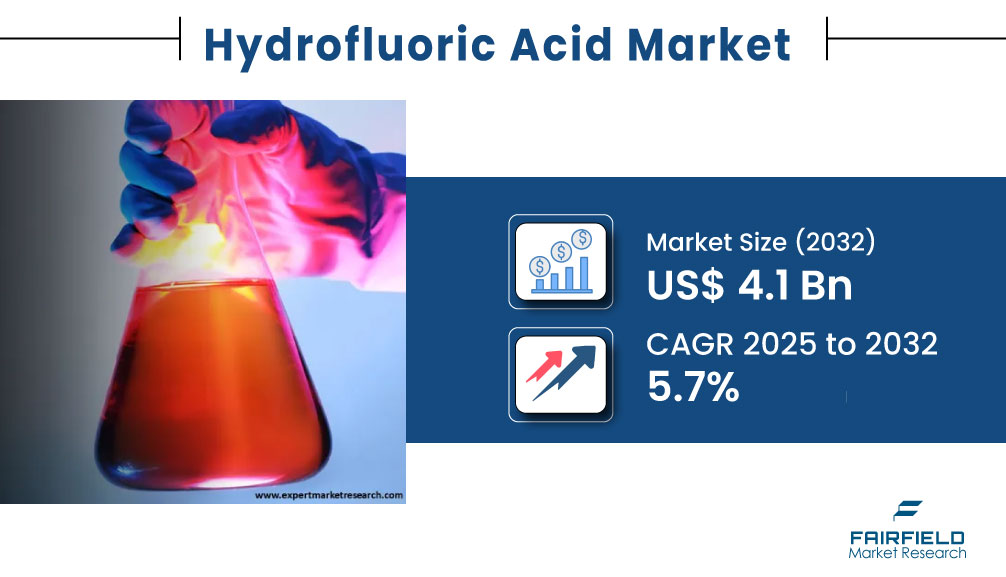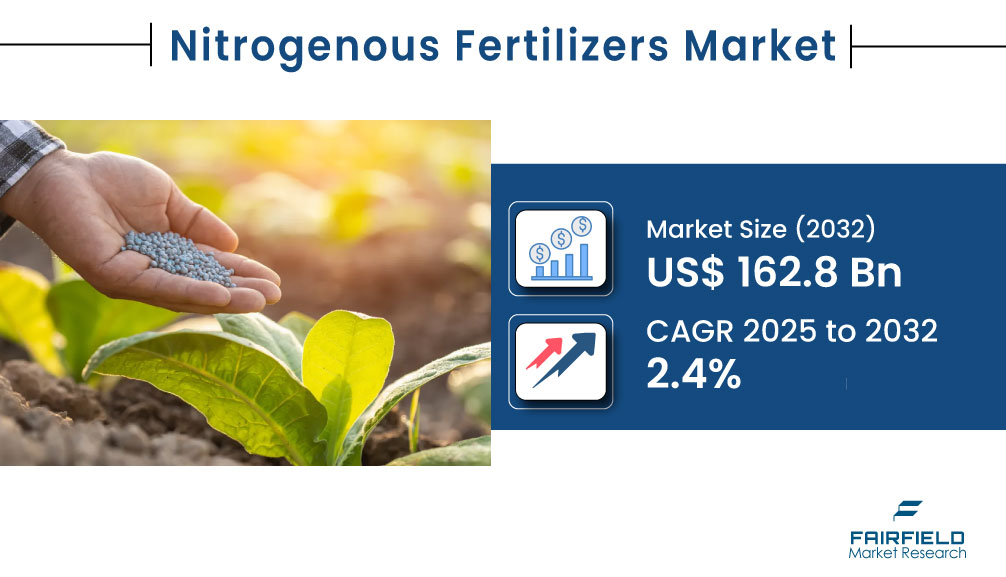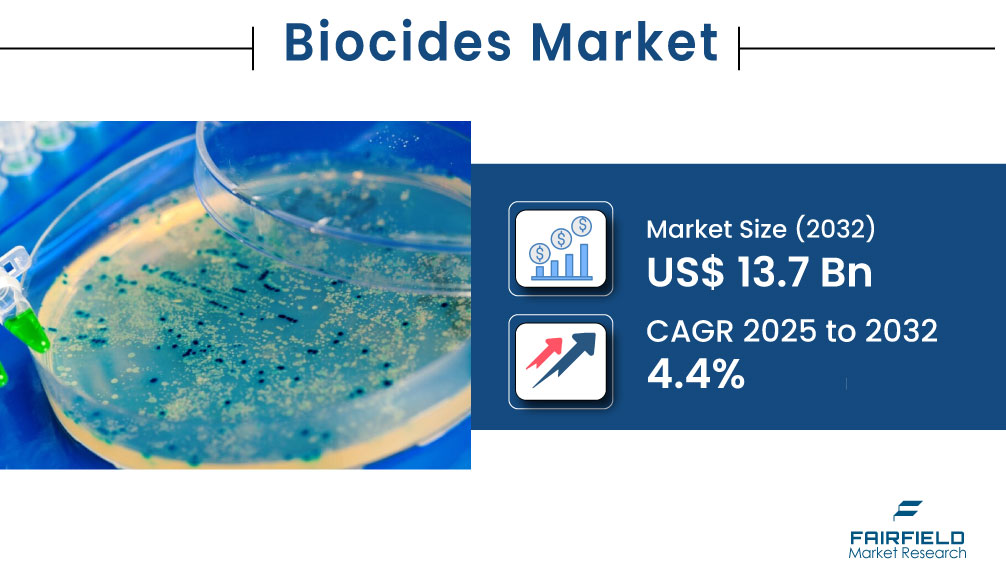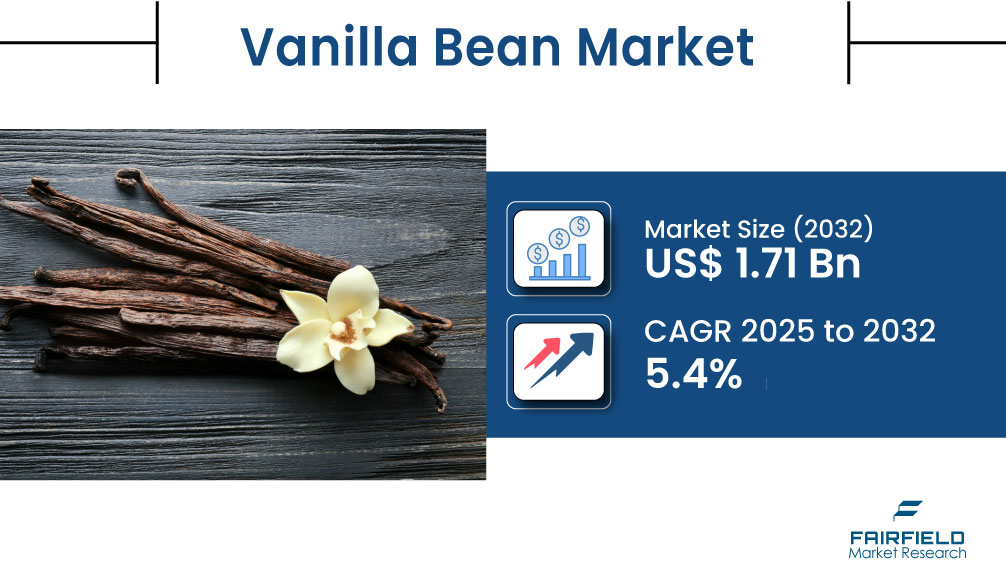Electrostatic Chucks Market Gathers Momentum as Global Semiconductor Innovation Accelerates
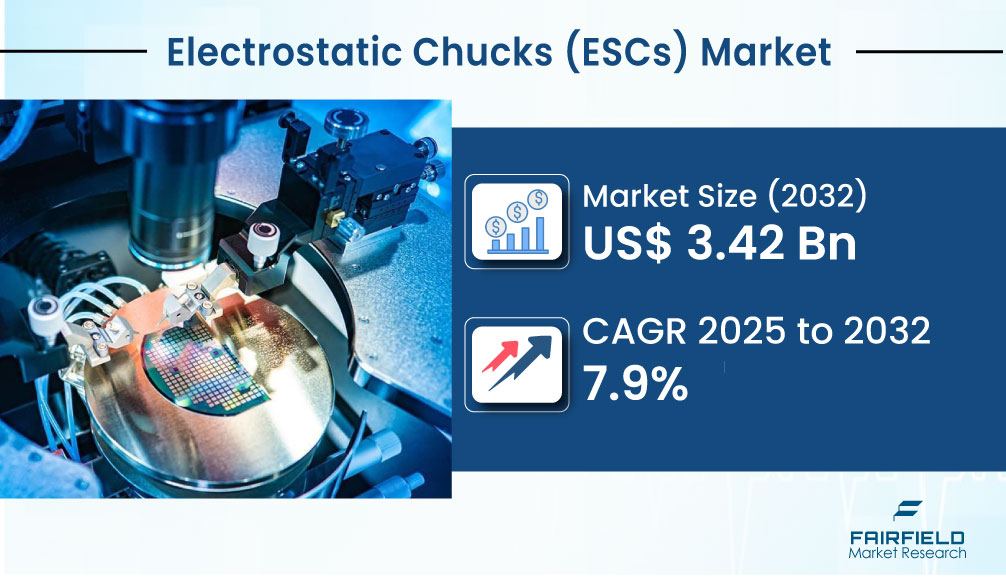
Strong 8k brings an ultra-HD IPTV experience to your living room and your pocket.
With the global semiconductor industry racing toward greater precision, speed, and integration, demand for high-performance wafer handling solutions is climbing steadily. According to a new report by Fairfield Market Research, the global Electrostatic Chucks (ESCs) market is projected to surge from US$ 1.99 billion in 2025 to US$ 3.40 billion by 2032, growing at a strong compound annual growth rate (CAGR) of 7.9% during the forecast period.
𝐂𝐥𝐢𝐜𝐤 𝐇𝐞𝐫𝐞 𝐅𝐨𝐫 𝐌𝐨𝐫𝐞: https://www.fairfieldmarketresearch.com/report/electrostatic-chucks-escs-market
As chip manufacturers embrace ultra-thin wafers, 3D integration, and extreme ultraviolet (EUV) lithography, electrostatic chucks have emerged as indispensable tools for securing wafers with precision, temperature stability, and zero contamination.
Semiconductor Scaling Drives ESC Integration
The miniaturization of electronic components, combined with rising demand for AI chips, 5G infrastructure, and autonomous systems, is placing extreme pressure on wafer fabrication processes. Electrostatic chucks address these challenges by offering stable, particle-free wafer clamping across critical processes like photolithography, etching, and chemical vapor deposition.
ESCs play an especially vital role in enabling fabs to meet the stringent requirements of advanced-node semiconductor production, where even minor misalignments or thermal inconsistencies can result in costly yield losses.
Ceramic-Based ESCs Lead the Material Landscape
Fairfield Market Research forecasts ceramic electrostatic chucks to remain the dominant material type, accounting for 89.1% of the global ESCs market share in 2025. Ceramics like alumina and zirconia provide excellent electrical insulation, thermal stability, and durability—key traits for use in high-temperature plasma environments.
These materials are favored in high-volume chipmaking for their resistance to thermal shock and chemical degradation, making them indispensable in EUV lithography and 300mm wafer processing.
Coulomb ESCs Dominate Global Usage
By type, Coulomb ESCs are expected to retain their lead, securing a 69.8% market share by 2025. These chucks are widely deployed in photolithography and etching due to their simplicity, strong clamping force, and compatibility with high-throughput operations.
While Coulomb ESCs are the go-to solution for many fabs, Johnsen-Rahbek (JR) ESCs are carving out a niche in precision applications such as 3D IC packaging, metrology, and wafer inspection—where tighter control and lower voltage requirements are essential.
Asia Pacific Continues to Dominate ESC Demand
Asia Pacific is the leading regional market for ESCs, driven by extensive semiconductor activity in China, South Korea, Japan, and Taiwan. These countries collectively host a large portion of the world’s chip fabrication capacity, and their ongoing investments in new fabs are ensuring strong demand for wafer handling solutions.
In China, the US$ 47.5 billion National Integrated Circuit Industry Investment Fund III is accelerating the nation’s semiconductor independence by expanding domestic production of chips and equipment. Meanwhile, South Korea is building the world's largest chip production complex, while Japan maintains dominance in high-performance ceramics and ESC materials.
India, through the Semicon India initiative, is also growing its domestic electronics manufacturing sector, with key projects like the Vedanta-Foxconn partnership and Micron’s new assembly plant in Gujarat.
North America: Strategic Growth Through Policy and Private Investment
The United States is regaining momentum in semiconductor manufacturing, powered by the CHIPS and Science Act, which provides over US$ 53 billion in federal funding. Major investments from Intel, Samsung, and TSMC are enabling new fabs to emerge across Texas, Arizona, and Ohio—each requiring advanced wafer handling technologies including electrostatic chucks.
Canada is also strengthening its role in smart sensors and MEMS device fabrication. In July 2024, the government allocated $120 million to the FABrIC network, aimed at accelerating research and innovation in microelectronics and photonics.
Europe’s Strategic Push for Semiconductor Sovereignty
In Europe, countries such as Germany, France, and the U.K. are boosting ESC adoption through investments in precision manufacturing, industrial automation, and electronics.
Germany’s US$ 2.2 billion investment in its microelectronics ecosystem, backed by the European Chips Act, is helping reduce reliance on Asian suppliers while strengthening local capabilities in advanced semiconductor equipment. France and the U.K. are also growing their tech sectors, particularly in aerospace, energy systems, and defense—industries that increasingly require high-precision, contamination-free wafer handling.
Technology Trends Reshaping ESC Capabilities
Innovations in ESC design and functionality are reshaping the global market:
Multi-zone ESCs offer localized control across multiple chuck zones, ensuring uniform temperature and pressure even on warped wafers.
Bipolar ESCs are gaining traction for their energy-efficient clamping at lower voltages, improving performance in plasma-heavy processes.
IoT-enabled ESCs are becoming standard in smart fabs, providing real-time monitoring of wafer alignment, temperature, and clamping force to improve process reliability and uptime.
Challenges in Cost and Customization
Despite their growing relevance, ESCs present certain adoption challenges:
High capital investment and ongoing maintenance costs remain key barriers for small and mid-sized semiconductor manufacturers.
Customization requirements for non-standard substrates—used in OLED panels, quantum chips, and flexible displays—add complexity and delay integration timelines.
Variations in wafer dimensions and materials necessitate application-specific ESC configurations, making scalability difficult in niche technologies.
Recent Industry Developments and Strategic Moves
In June 2023, SHINKO ELECTRIC INDUSTRIES CO., LTD. expanded production of ceramic ESCs at its Takaoka Plant, anticipating global demand from semiconductor equipment manufacturers.
In August 2023, Foamtec International launched its ScrubWRIGHT Pen and Diamond ScrubBELT—advanced in-chamber ESC cleaning tools designed for sensitive surface maintenance and residue removal.
These developments signal the industry’s continued focus on performance optimization and tool longevity in high-capacity fabs.
Key Companies Operating in the ESCs Market
SHINKO ELECTRIC INDUSTRIES CO., LTD.
NTK CERATEC CO., LTD.
KYOCERA Corporation
NGK INSULATORS, LTD.
TOTO LTD.
Entegris, Inc.
TOMOEGAWA CO., LTD.
MiCo Co., Ltd.
BOBOO Hightech Co., Ltd.
Note: IndiBlogHub features both user-submitted and editorial content. We do not verify third-party contributions. Read our Disclaimer and Privacy Policyfor details.




